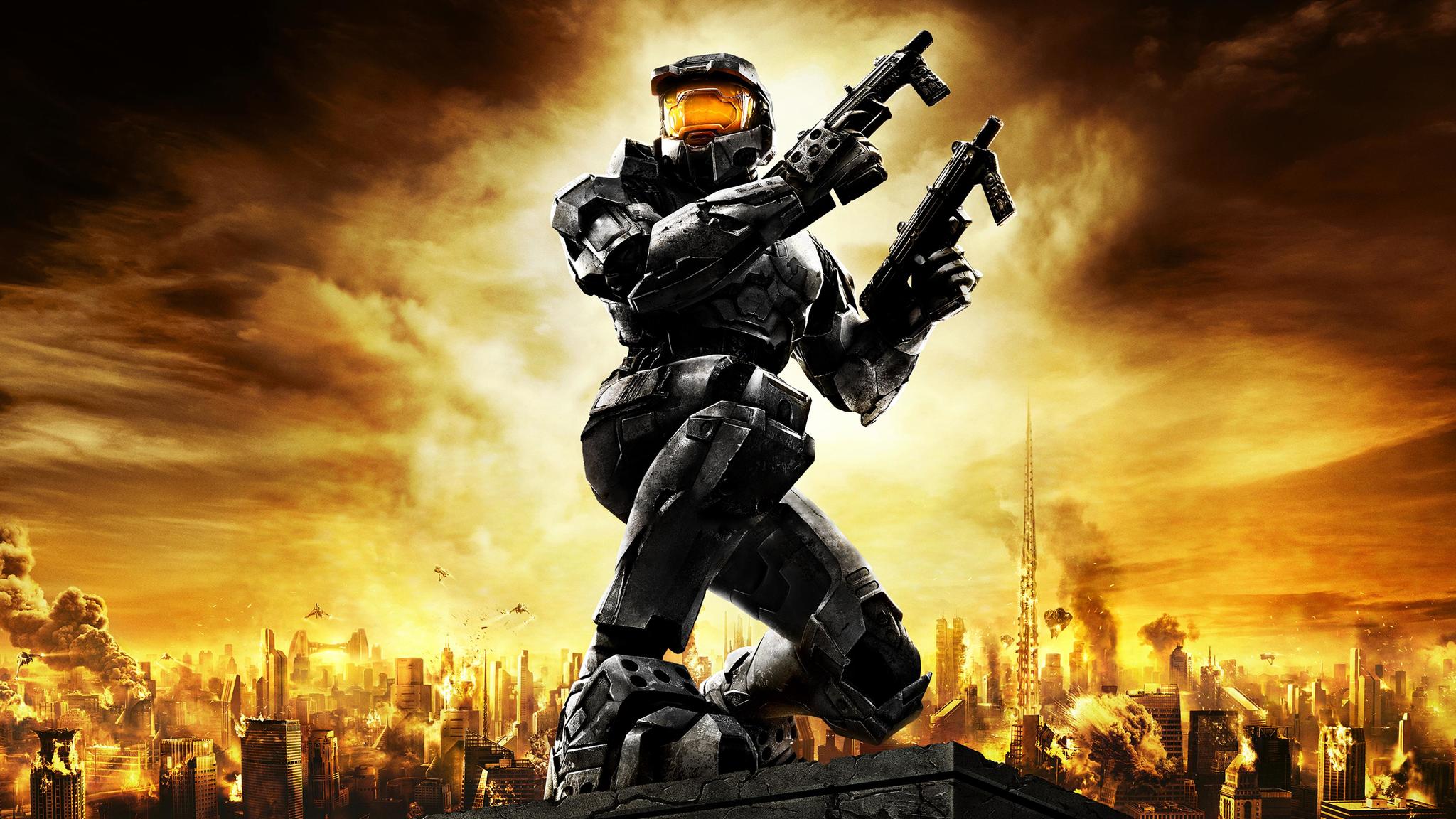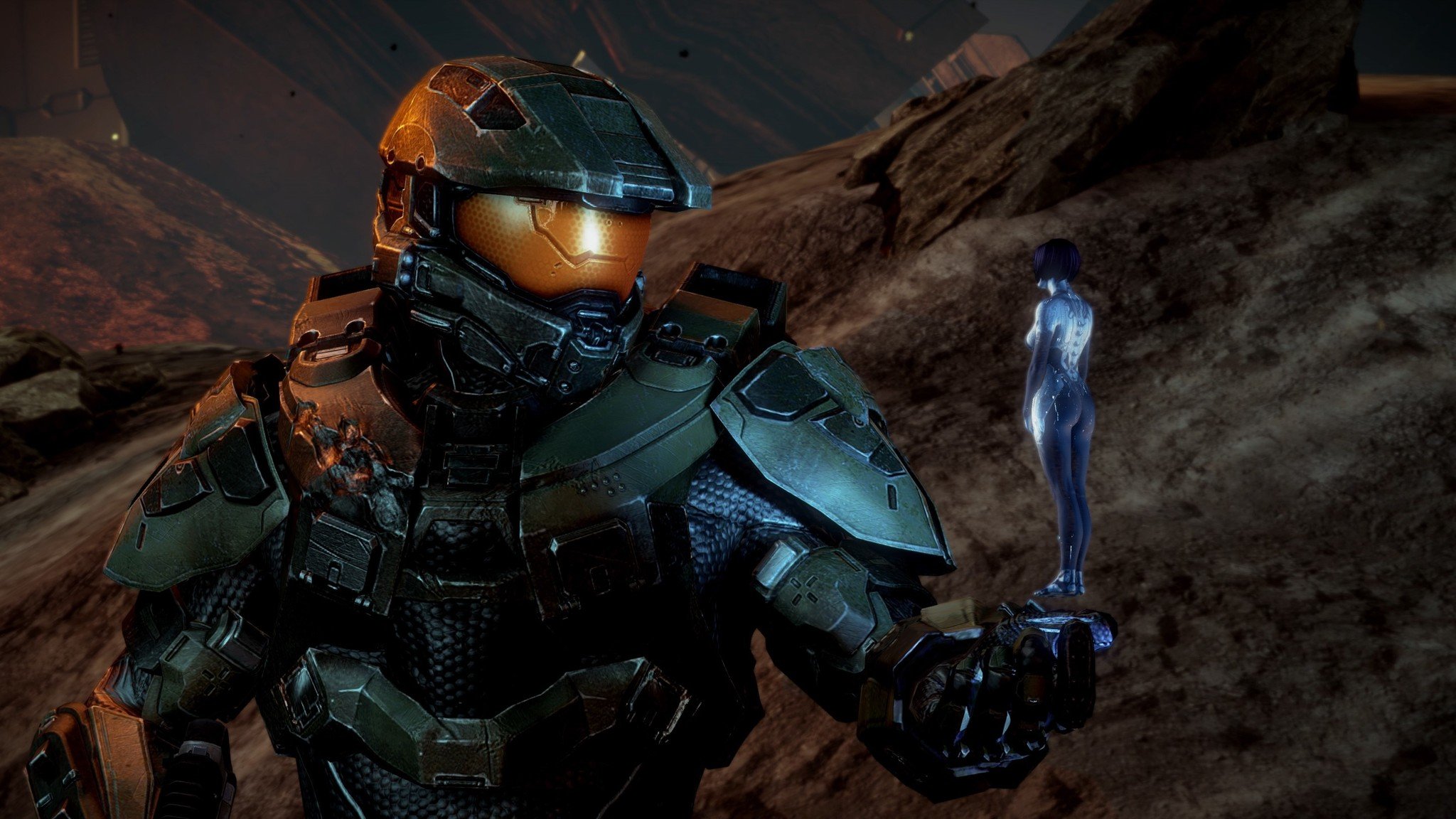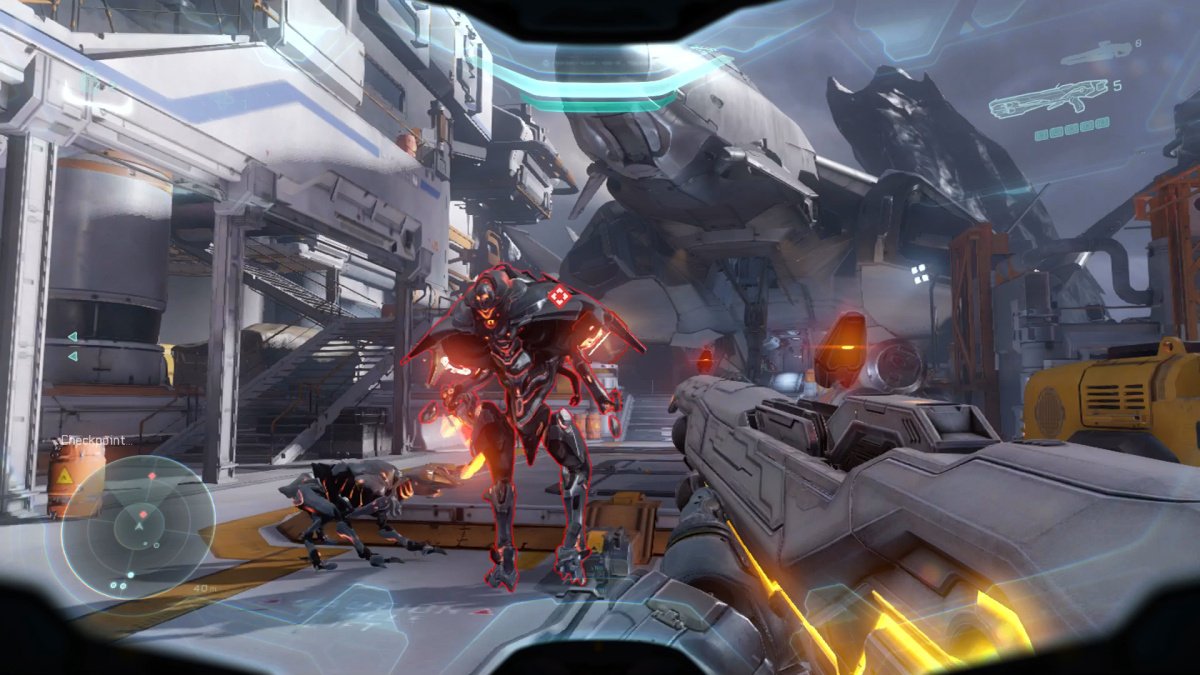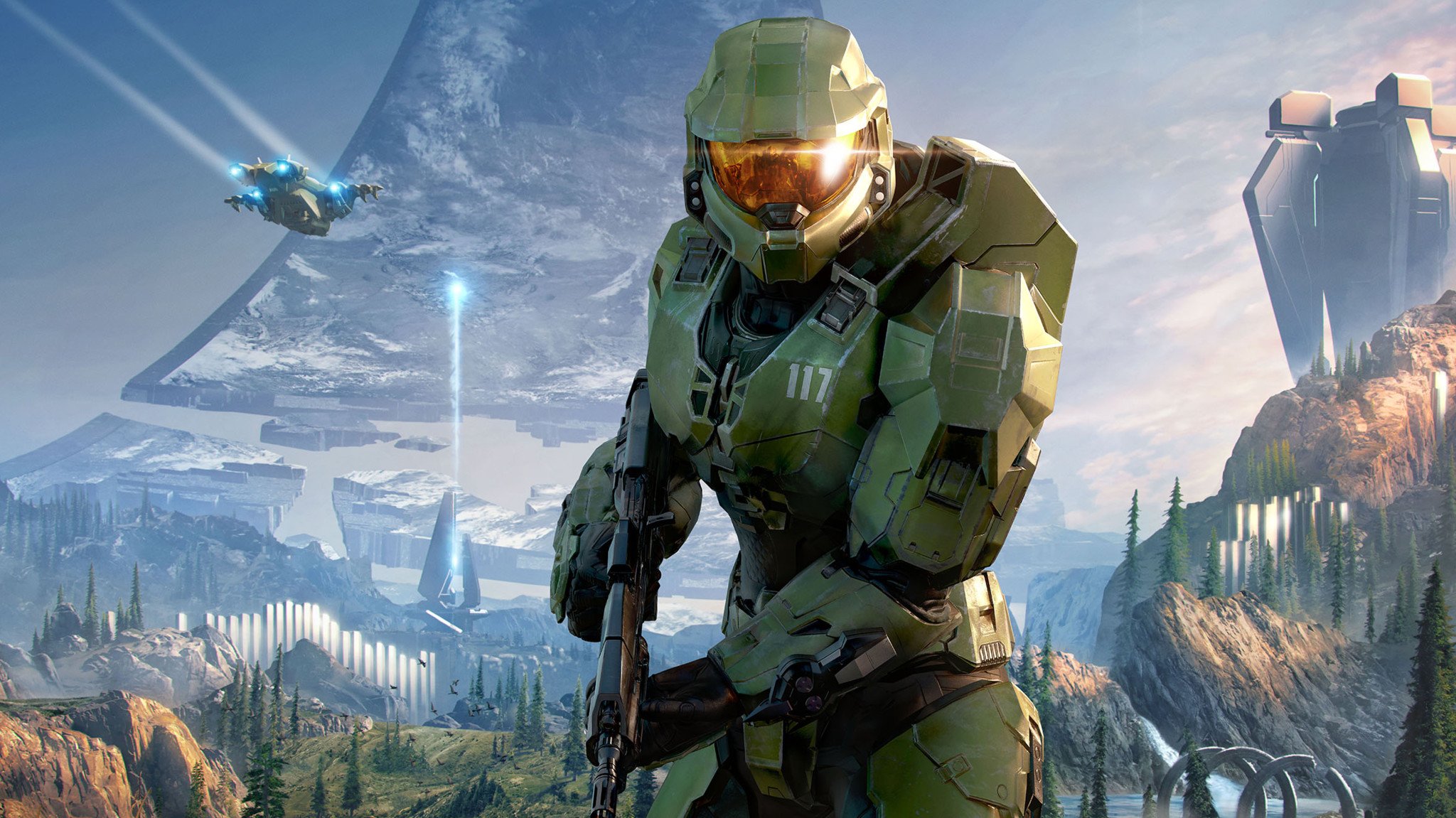The decline of Halo: a brief history — and why launching on PlayStation could be exactly what the franchise needs
Halo spent a decade soaring from one success to the next, but things have changed.

Halo is a franchise that spent a decade soaring from success to success, with no signs of slowing down. It was originally showcased by Steve Jobs at MacWorld in the late 1990s and later acquired by Microsoft. In 2001, Halo: Combat Evolved launched on the original Xbox, revolutionizing first-person shooters on consoles. Its sequel, Halo 2, further transformed multiplayer gaming, particularly on consoles.
While Halo: Combat Evolved and Halo 2 had already reshaped the industry, nothing could have prepared gamers for the monumental impact of Halo 3 when it launched in 2007 on Xbox 360. Microsoft declared its release the biggest day in entertainment history, generating $170 million in US sales on launch day (via CNET). Despite this success, Bungie sought independence from Microsoft, eventually partnering with Activision for a new franchise. Before departing, they fulfilled their contract by releasing Halo 3: ODST in 2009 and Halo: Reach in 2010.
Both ODST and Reach were well received, but Bungie’s final entry left a notable shift in the series. Halo: Reach introduced armor abilities among other things, altering the franchise’s traditional gameplay formula. Despite the changes, it remains a beloved title, often considered Bungie’s farewell love letter to fans.
Following Bungie’s exit, the mantle of responsibility for Halo passed to 343 Industries, a studio established in 2007 to continue the franchise. They began by remastering Halo: Combat Evolved in 2011 before launching their first original title, Halo 4, in 2012 — marking the beginning of a new era for the series. And for many, marking the beginning of the entire series' fall from grace.
What went wrong?

Halo 4 released to generally positive reviews, praised for its emotional storytelling and the deepened relationship between Master Chief and his AI companion, Cortana, as she approached AI degeneration known as rampancy. However, while fans appreciated its narrative, many felt it lost sight of itself with its overarching galaxy-ending threat.
The bigger issues stemmed from Halo 4’s multiplayer. Instead of setting trends, it chased them, adopting mechanics reminiscent of other popular shooters. As a result, the player base dwindled within a year, with many returning to Halo 3 and Halo: Reach for their multiplayer fix. Additionally, the complete overhaul of the game's art style was divisive, and the introduction of the Prometheans as a new enemy faction was widely criticized for being unengaging in combat and flavor alike.
In 2013, Don Mattrick unveiled the Xbox One, and later in 2014, Halo: The Master Chief Collection was announced for the console as the definitive way to play every Halo title featuring Master Chief, with a full Halo 2 remaster as a key selling point. However, despite the ambitious vision, MCC launched in 2014 in a disastrous state — riddled with bugs, broken multiplayer, and non-functional online co-op. To make amends, 343 Industries later added Halo 3: ODST to the collection for free, but the game remained plagued with issues until its PC release in 2019, which also introduced Halo: Reach to the collection.
Get the Windows Central Newsletter
All the latest news, reviews, and guides for Windows and Xbox diehards.
Despite the setbacks, 343 Industries pinned their hopes on Halo 5: Guardians as their golden ticket. The game’s marketing campaign, Hunt the Truth, captivated fans with podcast-style episodes teasing a gripping narrative in which Master Chief had seemingly gone rogue and was being hunted by Spartan Locke.
The campaign remains a marketing campaign fondly remembered, but it ultimately misrepresented the final product. When Halo 5 launched in 2015, critics received it well, but fans were less forgiving. The story was convoluted, requiring extensive knowledge of extended lore, while gameplay changes, such as the shift from armor abilities to Spartan abilities, further alienated long-time players.

Halo 5: Guardians had arguably under-delivered again, launching without key features present in past Halo games (split-screen, forge, big team battle) and dividing the community further with a more fast-paced, almost unrecognizable gameplay loop. Not to mention, it was the first game in the franchise to have microtransactions. Halo 5's player base ultimately dwindled the same way that Halo 4's did, but perhaps not to the same drastic extent.
With the negativity surrounding Halo 5, 343 Industries scrapped plans to continue its story, instead shifting focus to a fresh sequel — Halo Infinite.
Infinite debuted at E3 2018, exciting fans with a return to a classic Halo ring setting. Anticipation grew in 2019 with a stunning cinematic, promising a return to Halo’s roots — though gameplay remained absent. When a gameplay reveal was finally shown in 2020, the mechanics showed promise, but graphical shortcomings led to mixed reactions.
Following criticism, 343 Industries delayed the game to 2021 to refine its quality. Updates were sparse, but E3 2021 marked a turning point. Vastly improved visuals, campaign snippets, and the return of Joseph Staten reassured fans, setting expectations high once again.
Halo Infinite took a bold step by making multiplayer free-to-play and introducing a unique battle pass system, allowing players to progress through any purchased pass at any time. The divisive REQ system from Halo 5 was removed, while the beloved Big Team Battle made a triumphant return. Monetization concerns were addressed, with 343i promising a balance between earnable and purchasable cosmetics. With a renewed focus on equipment and sandbox gameplay, Halo Infinite appeared to be the franchise’s long-awaited return to form.
However, despite the strong foundation, the game struggled with many of the same issues that plagued MCC and Halo 5; missing content, bugs, and technical problems ultimately prevented Halo Infinite from reaching its full potential.
All of this is without mentioning the disastrous Halo TV show, which arguably did more harm than good to the franchise, and is now cancelled. The Fallout TV show launched not too long after it, and led to a huge resurgence for all existing Fallout video games, showcasing the benefits a good transmedia offering can have when executed properly. Alas, Halo has far bigger problems than a TV show right now.
The future of Halo

It’s no exaggeration to say that Halo is facing an identity crisis. For over a decade, the franchise has been pulled in different directions — chasing trends in Halo 4 and Halo 5, then attempting to course-correct with Halo Infinite. Now, with MCC no longer receiving updates and Infinite struggling to retain players, the question remains: what’s actually next for the franchise?
As the gaming landscape shifts, Microsoft has become increasingly open to bringing its exclusives to other platforms. Just this week, Forza Horizon 5 was announced for PlayStation, and if rumors are to be believed, Halo may soon follow.
Some will see Halo launching on PlayStation as sacrilegious, but it could be exactly what the franchise needs to return to the mainstream. Support for MCC was discontinued in 2023 due to a lack of revenue for the now-renamed Halo Studios (formerly 343 Industries). Halo was always a console-oriented franchise in essence, and a release across PS5 and the Nintendo Switch 2 could breathe new life into the game, generating the funds needed for long-requested updates. This could include long-awaited features such as mod support on consoles and more seamless integration of mods into the custom games browser, and much more.
Beyond potential multiplatform releases, Halo Studios has already begun teasing its next project. Rumors suggest a full remake of Halo: Combat Evolved is in development, alongside a possible multiplayer-only title. Whether the industry has truly moved on from Halo or if the franchise can once again compete with the likes of Call of Duty remains to be seen. Halo Studios certainly has its work cut out to regain the trust of fans, deliver something fresh for younger players who consider Fortnite, Apex Legends, and Valorant as the pinnacle of multiplayer FPS, while also staying true to what the franchise actually is.
But as Kurt-051 once said in Halo: The Ghost of Onyx book — 'Spartans never die, they’re just missing in action.'

Adam is a Psychology Master’s graduate passionate about gaming, community building, and digital engagement. A lifelong Xbox fan since 2001, he started with Halo: Combat Evolved and remains an avid achievement hunter. Over the years, he has engaged with several Discord communities, helping them get established and grow. Gaming has always been more than a hobby for Adam—it’s where he’s met many friends, taken on new challenges, and connected with communities that share his passion.